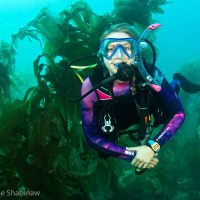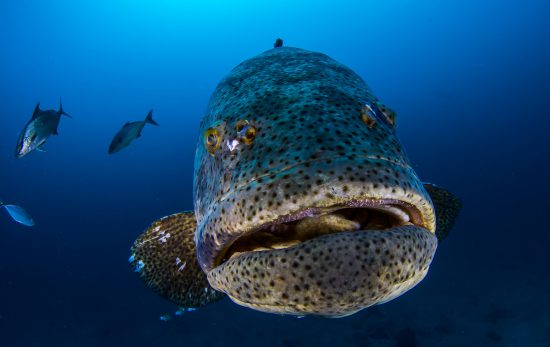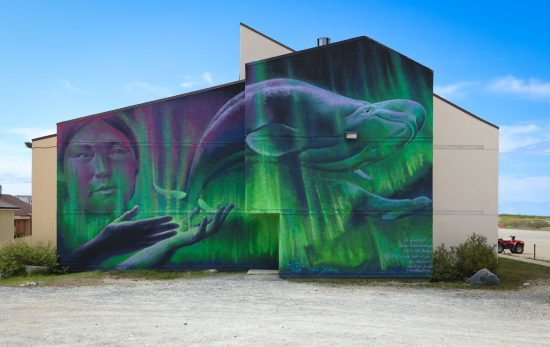Written by guest blogger, Nicole Helgason
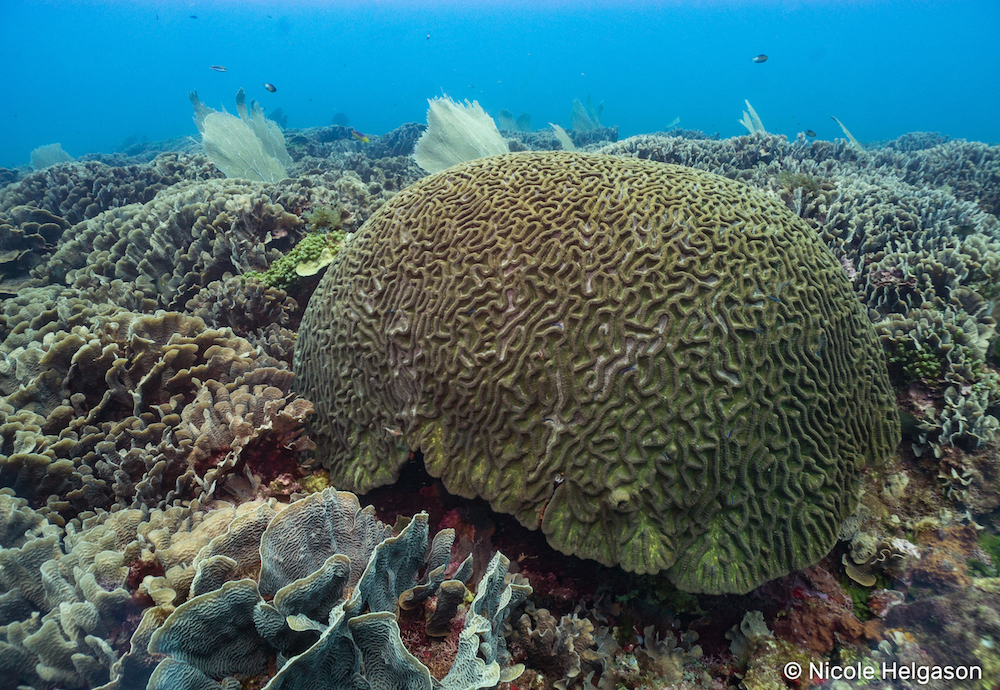
Hello! My name is Nicole Helgason and I am excited to start writing as a coral communicator for PADI. Since this is my very first article, I thought I would take a second to introduce myself before we dive into everything coral reef.
I first learned to scuba dive in 2006. At the time I was living in the Dominican Republic and quickly feel in love with the tropical coral reef. Perhaps by luck, or by some higher power, one of my very first dives was next to a coral restoration nursery. I knew then that I had no other choice but devote my life to the ocean and protecting coral reefs.
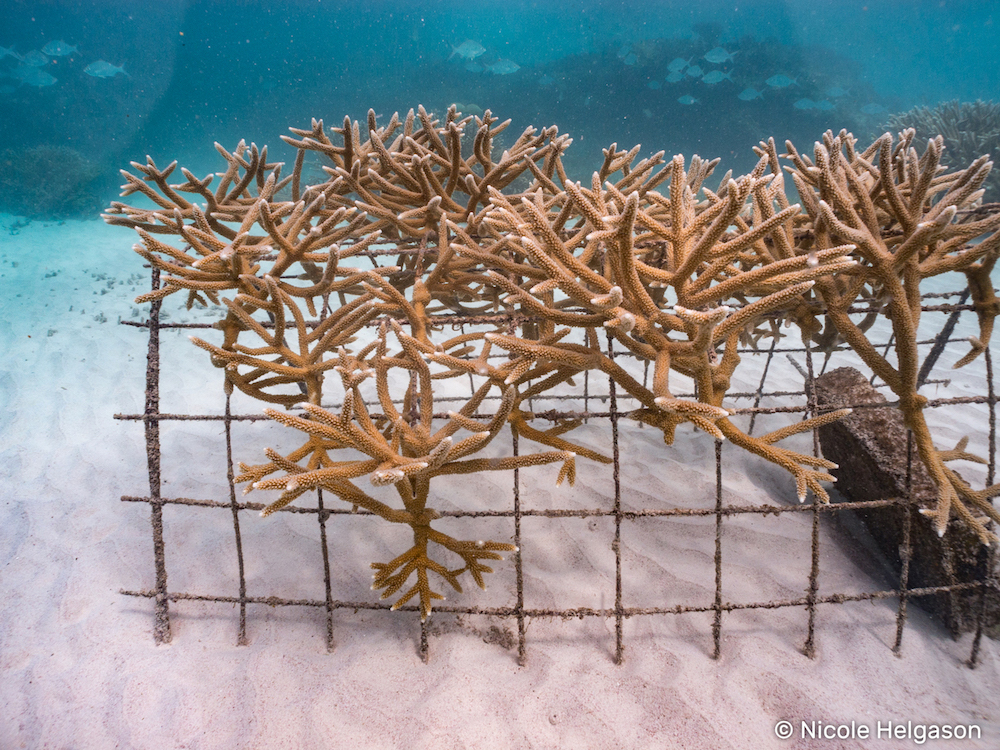
By the next year I passed my IDC exam and became a PADI dive instructor! Since then I have been fortunate to travel the world teaching scuba diving, managing dive centers, and promoting coral awareness. Starting as a PADI instructor ten years ago, I am truly honored at this moment in my career to have the opportunity to share my work with the online PADI community.
Corals are the foundation of the marine environment providing critical habitat for fish, protecting coastlines from erosion, and feeding hundreds of millions of people worldwide. But often I have found that corals, in particular, the diversity of coral species, do not get the recognition they deserve amongst scuba divers.
This observation comes from a decade of working in the dive industry. What I’ve seen is that scuba divers, dive professionals, and tour operators promote big fish and tiny critters. You will see dive trips promoting whale sharks, manta rays, and turtles, or colorful nudibranch, obscure octopus, and fancy dancing shrimp. But what about corals?
Corals often get lumped together under one generic term, coral reef. But this single term is far too general to describe a vibrant diverse community with hundreds of individual species. Once you start recognizing what separates each species and learn how to identify a few, your perception of the underwater landscape will expand exponentially.
Sharing this vision and ability to experience the reef with new eyes is what keeps me going.
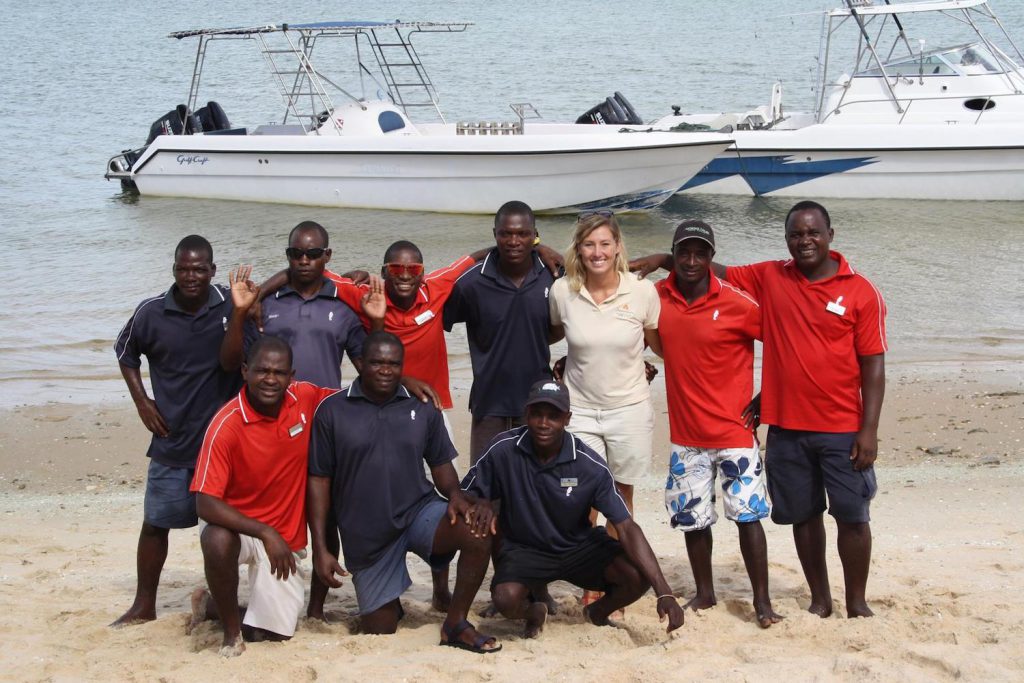
Last year I started my own blog dedicated to sharing my underwater experience while bringing attention to scuba diving and coral reefs. This is how I came up with the name for my website ReefDivers, as a way to build a community around divers who deeply appreciate corals.
One of the projects I am most proud of is my recently published Caribbean Coral Identification guide. At the beginning of this year (2017) I set out to photograph and identify all the species of Caribbean coral. With 62 documented species, I felt this was an achievable goal. I recently published this guide on my website and I currently have documented over 40 species. Still a ways to go, but you will find the most common Caribbean coral species on this guide.
I want to make referencing corals online and searching for them underwater an enjoyable experience, and would like to focus on showing divers through my photographs how to spot rare, unusual, and unique coral specimens amongst the crowd. Corals are arguably the most important animal in the ocean, and they deserve our attention.
In future articles for PADI, I will be diving into coral from around the world, including how to identify new species, threats to coral reefs, and what we can do to conserve corals for the future.
Learn how you can use your scuba diving skills to help save coral reefs globally here.
